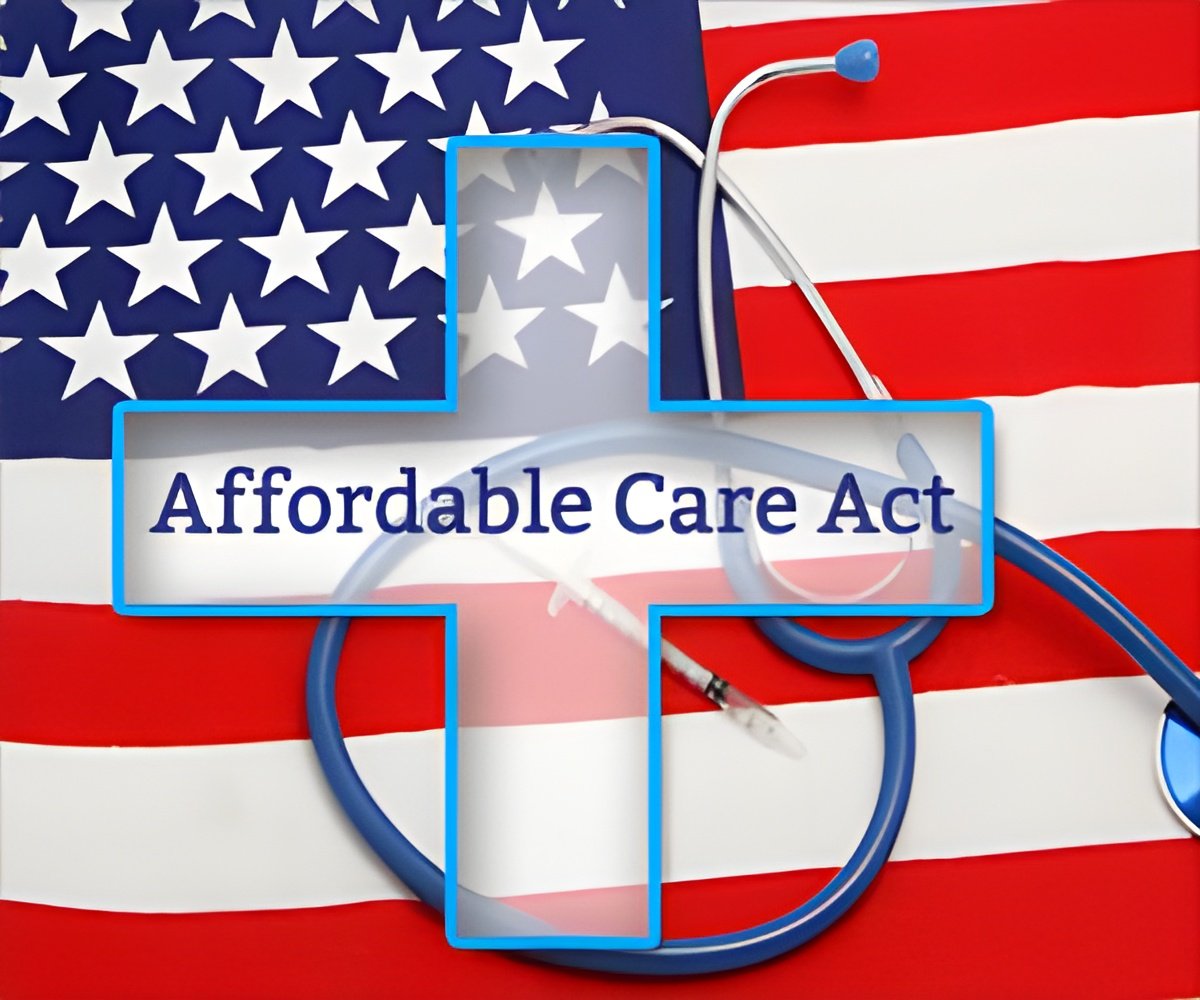The administration has terminated coverage for people who could not prove their citizenship or legal immigrant status but bogus enrollment continues to prevail.

Six of those later were flagged and sent termination notices. But GAO said it was able to get five of them reinstated by calling HealthCare.gov's consumer service center.
The five bogus beneficiaries who were reinstated even got their monthly subsidies bumped up a bit, although GAO did not ask for it. The case of the sixth fake enrollee who appealed was under review.
HealthCare.gov does not appear to be set up to detect fraud, GAO audits and investigations chief Seto Bagdoyan said in prepared testimony for a Senate Finance Committee hearing. A copy was provided to The Associated Press.
HealthCare.gov's document-processing contractor "is not required to seek to detect fraud," said Bagdoyan. "The contractor personnel involved in the document-verification process are not trained as fraud experts and do not perform antifraud duties."
Administration officials told GAO there has been "no indication of a meaningful level of fraud" in the program, said Bagdoyan. Federal health care subsidies go directly to insurers, so the money does not end up in the bank accounts of individual enrollees. But health insurance is a valuable product in and of itself, with the cost of family coverage averaging close to $17,000 a year.
Advertisement
The administration said it looks forward to working with GAO to improve safeguards for health insurance sign-ups. It noted that the online system had initially flagged applications from the undercover investigators.
Advertisement
It's unclear whether the fictitious enrollees would have been kicked out of the program eventually. For example, no tax returns were filed on behalf of any of them. Since health insurance subsidies are income-based, tax returns are one of the main ways the government checks applicants.
GAO's investigation also uncovered a problem that bedevils millions of real people dealing with the program's new bureaucracy: confusing and inaccurate communication.
"Rather than stating a message directly, correspondence instead was conditional or non-specific, stating the applicant may be affected by something, and then leaving it to the applicant to parse through details to see if they were indeed affected," said Bagdoyan.
Overall, about 10 million people are getting coverage this year through HealthCare.gov and state health insurance markets. GAO said the results of its undercover testing, while illustrative, cannot be generalized to the full population of applicants and enrollees.
Source-Medindia






